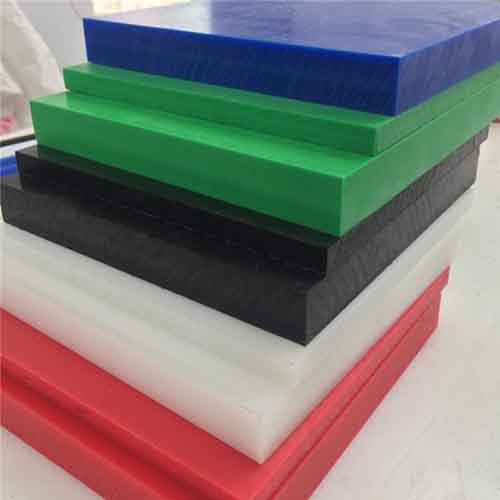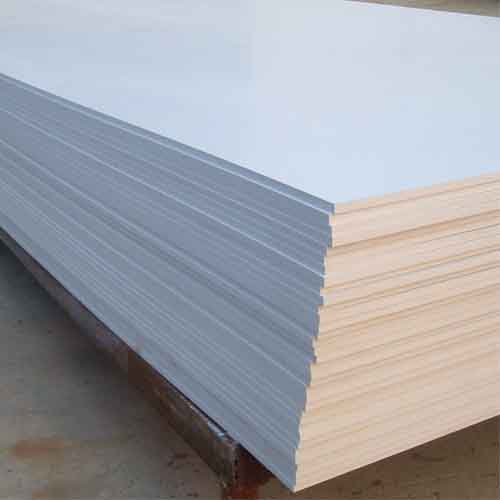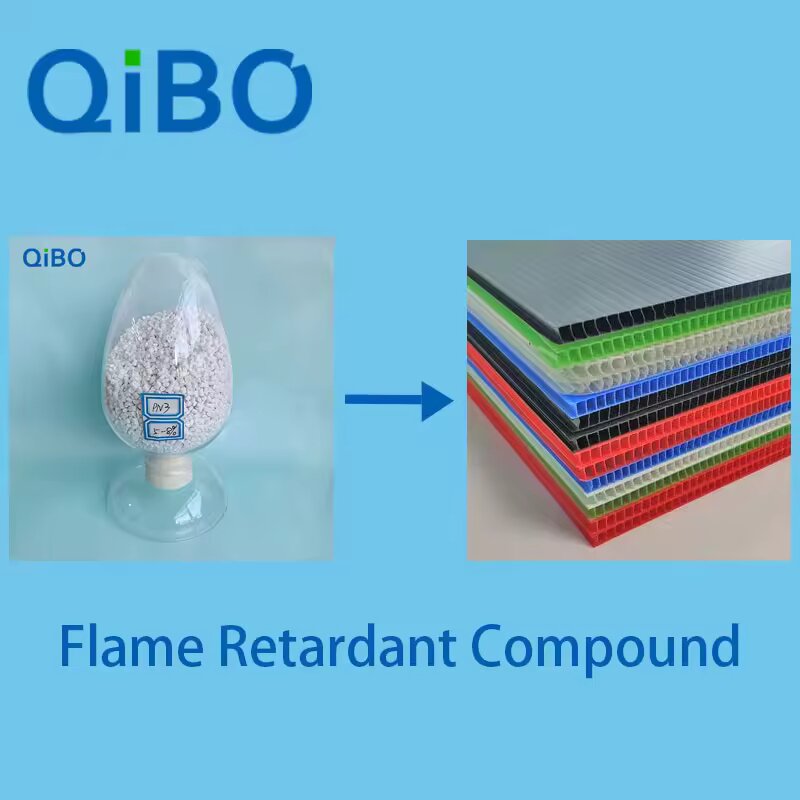Can plastic plate also be fire resistant?
The fire resistance performance of plastic panels refers to their combustion characteristics under fire conditions and their ability to prevent the spread of fire. Plastic, as a flammable material, generally has poor fire resistance. However, by adding flame retardants, improving formulas, and other methods, the fire resistance of plastic panels can be improved.
What is plastic plate?
Plastic plate is a flat material made of plastic, usually with a flat surface and uniform thickness. They can have different properties and uses based on specific materials and production processes.
Plastic plate can be made from different plastic materials according to needs, such as polyethylene (PE), polypropylene (PP), polyvinyl chloride (PVC), polystyrene (PS), polycarbonate (PC), etc. These plastic raw materials can be processed to produce various types of plastic boards, such as extruded boards, rolled boards, foam boards, etc.
Plastic plate have many advantages, such as light weight, corrosion resistance, easy processing, and good insulation performance. Therefore, it has a wide range of applications in various fields, such as architectural decoration, advertising production, packaging, industrial manufacturing, agriculture and fisheries, transportation, etc. Different types of plastic boards can choose different materials and processing techniques according to specific needs and application scenarios to meet various needs.


How to make plastic plate?
Making plastic sheets typically involves the following steps:
1. Raw material preparation: Common plastic board materials include polyethylene (PE), polypropylene (PP), polyvinyl chloride (PVC), etc. Firstly, it is necessary to prepare these raw materials, which usually exist in the form of particles or powders.
2. Melting: Put the selected plastic raw material into a melting machine, heat it to an appropriate temperature to melt it into a liquid state.
3. Extrusion: The molten plastic is extruded through an extruder to form a continuous plate shape. This process is similar to pressing dough, but here it involves squeezing the plastic into the desired shape.
4. Rolling: Sometimes, after extrusion, the plastic sheet needs to be rolled by a roller press to make its thickness more uniform. This helps to ensure that the final plastic sheet has consistent thickness and quality.
5. Cooling and Curing: The extruded or rolled plastic sheet needs to be cooled on a cooling table to solidify into a hard plastic sheet.
6. Cutting and shaping: Once the plastic sheet cools and solidifies, it can be cut into the desired size and shape. This may involve using cutting machines, saws, or other tools to cut the sheet into the desired shape and size.
7. Inspection and packaging: Finally, the produced plastic board will undergo quality inspection to ensure that it meets the specifications and standards. Then, they will be packaged and ready to be shipped to the market or downstream manufacturers.
Types of plastic plate
There are various types of plastic boards with different characteristics and uses. The following are some common types of plastic boards:
*Polyethylene (PE) board: Polyethylene board usually has good corrosion resistance, impact resistance, and low-temperature performance, and is commonly used in packaging, water tanks, chemical containers, and other fields.
*Polypropylene (PP) board: Polypropylene board has excellent acid and alkali resistance, fatigue resistance, and mechanical strength, and is commonly used in chemical equipment, water treatment equipment, battery separators, and other fields.
*Polyvinyl chloride (PVC) board: PVC board has good corrosion resistance, insulation and flame retardancy, and is commonly used in fields such as building decoration, indoor decoration, and advertising production.
*Polystyrene (PS) board: PS board usually has high transparency and smooth surface, and is commonly used in advertising signs, display racks, food packaging and other fields.
*Polycarbonate (PC) board: PC board has excellent impact resistance and transparency, and is commonly used in fields such as building lighting, automotive components, and electronic product casings.
*Polyamide (PA) board: PA board has excellent mechanical properties and wear resistance, and is commonly used in the manufacturing of mechanical parts, bearings, gears, and other fields.
*Polymethyl methacrylate (PMMA) board: PMMA board has excellent transparency and optical properties, and is commonly used in advertising boards, lighting fixtures, medical devices, and other fields.
*Polyether ester (PET) board: PET board has excellent wear resistance and chemical properties, and is commonly used in food packaging, electronic product casings, textile products and other fields.
In addition to the common types mentioned above, there are also many special purpose plastic boards, such as flame retardant boards, conductive boards, high-temperature resistant boards, etc., to meet the needs of specific fields. Different types of plastic panels have their own unique characteristics and advantages, and the selection needs to be considered based on specific application requirements.
Application sites of plastic plate
Plastic panels have been widely used in various fields due to their lightweight, durable, and easy to process characteristics. Here are some common plastic board applications:
*Architecture and decoration: Plastic panels are commonly used in the field of architecture and decoration, as isolation wall panels, ceilings, door and window frames, decorative panels, etc. Especially plastic panels with special structures such as hollow panels and honeycomb panels are widely used in construction.
*Advertising and Exhibition: Plastic boards are often used to make billboards, promotional boards, display racks, exhibition display boards, etc. Its smooth surface and easy processing characteristics make it an ideal material for display and promotion.
*Packaging: Plastic sheets are widely used in the field of packaging, making various types of packaging boxes, pallets, partitions, etc. They can protect products from damage while also having the advantages of lightweight and economy.
*Industrial manufacturing: In industrial manufacturing, plastic sheets are often used to make mechanical parts, insulation boards, protective covers, etc. Especially engineering plastic sheets with characteristics such as wear resistance and corrosion resistance have important application value in the industrial field.
*Agriculture and Fisheries: Plastic boards are used to make agricultural and fishery equipment such as greenhouse boards, breeding boxes, and aquaculture nets. They have advantages such as waterproofing and corrosion resistance, which can improve agricultural and fishery production efficiency.
*Transportation: Plastic panels are commonly used in transportation fields such as automotive interiors, shipbuilding, and aircraft components. Its lightweight, durable, and easy to clean characteristics meet the material requirements of the transportation industry.
*Outdoor sports and leisure: Plastic panels are used in outdoor furniture, sports equipment, amusement facilities, and other fields, and their good weather resistance and corrosion resistance make them suitable for outdoor environments.
Overall, plastic sheets have a wide range of applications in various fields, and their diverse characteristics make them an indispensable material in many industries.
Fireproof plastic plate
The fire resistance performance of plastic panels refers to their combustion characteristics under fire conditions and their ability to prevent the spread of fire. Plastic, as a flammable material, generally has poor fire resistance. However, by adding flame retardants, improving formulas, and other methods, the fire resistance of plastic panels can be improved.
The following are some common methods and measures to improve the fire resistance performance of plastic panels:
*Flame retardant addition: Adding flame retardants in the production process of plastic panels can reduce their combustion performance, delay their combustion speed, and reduce the possibility of flame spread.
*Improved formula: By adjusting the formula of the plastic board, changing its molecular structure and composition ratio, its flame retardant performance can be improved, making it more difficult to burn or even more difficult to burn.
*Surface treatment: Special treatment of the surface of plastic panels, such as coating with fireproof coatings or adding flame retardant coatings, can improve their fire resistance, reduce combustion speed, and reduce the possibility of flame spread.
*Structural design: Designing plastic panels with hollow or honeycomb structures can reduce the combustion area of materials, reduce combustion speed, and improve flame retardant performance.
*Material selection: Choose plastic raw materials with good flame retardant properties, such as polycarbonate (PC), polyamide (PA), etc., which can improve the overall fire resistance of plastic panels.
Conclusion: Our company is a manufacturer of flame retardants, and we happen to have flame retardant products that can be applied to plastic boards. If you are interested, you can click on our website to learn more. Our flame retardant products are efficient and of high quality. We look forward to your inquiry.



For more information, please visit Caddbs, Difference Between Anionic and Nonionic Surfactants, Polycarboxylate Superplasticizer for Cement.